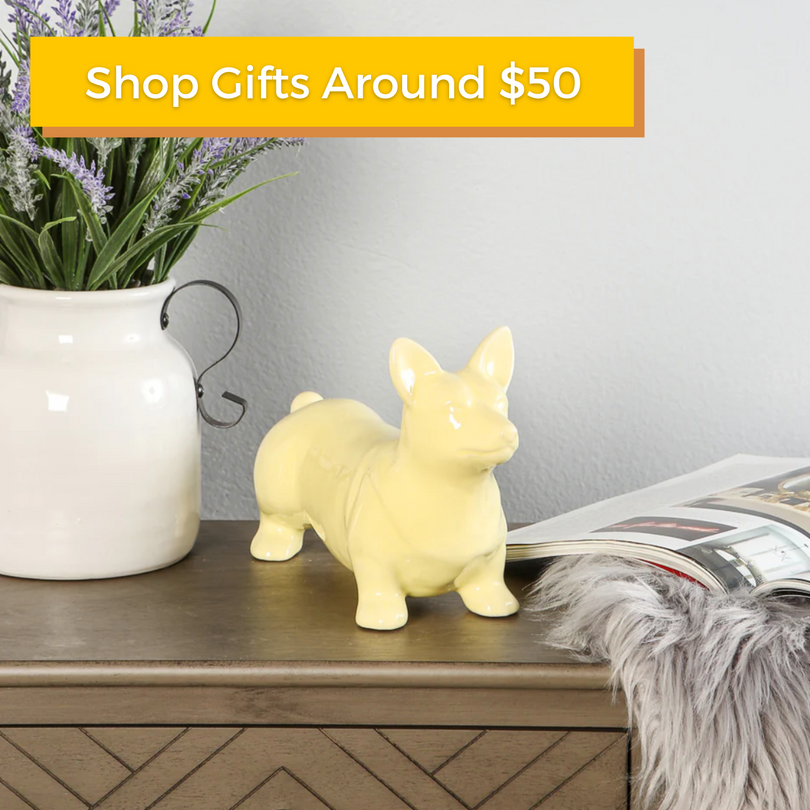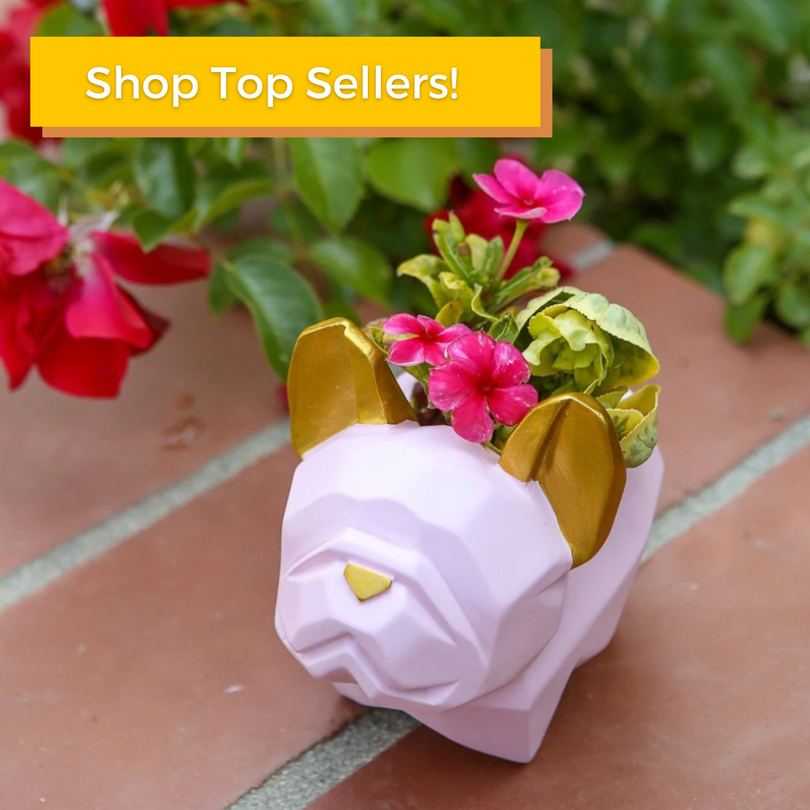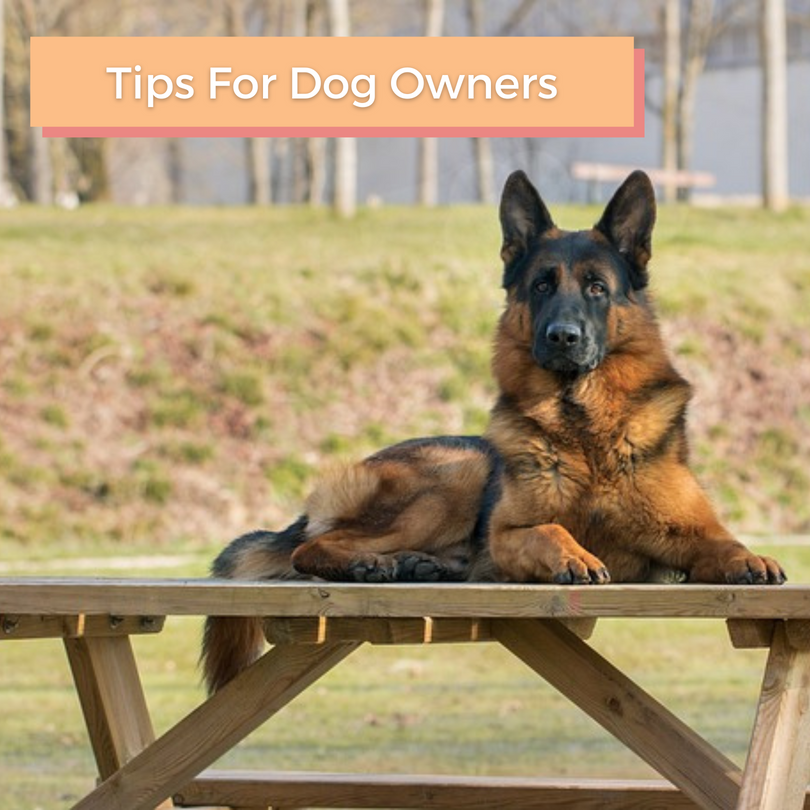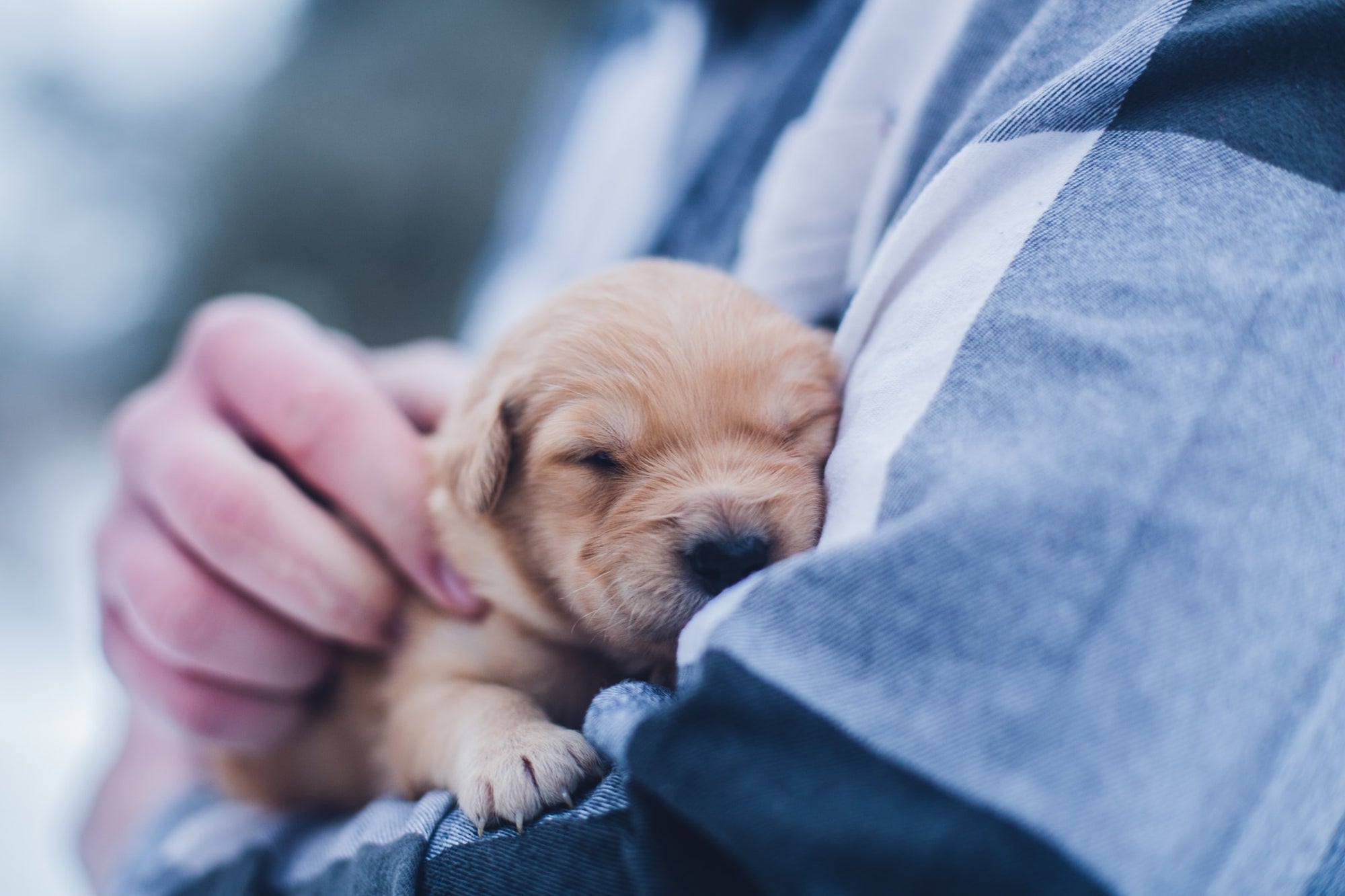Flowers add a touch of elegance and happiness to your home—but opt for non-toxic ones if you’ve got dogs and cats.
Some pets nibble on petals and stems, so choose plants that don’t emit any harmful toxins, which may irritate your pooch’s delicate belly and mouth. (If your pet chewed leaves, call the vet immediately if you have concerns.)
In this round-up, professional gardeners (and self-proclaimed animal-lovers!) share their top choices for houseplants that are low maintenance and safe for everyone--including your furry family members.

In the know to grow
Gardening expert Erinn Witz of Seeds and Spades, likes spider plants. “They’re adaptable to various environments, and they’re pretty tolerant of neglect.”
Witz also recommends Majesty palms. "Not all palms are non-toxic, but the lovely and state-making majesty palm is!”
If fuzzy plants are more your vibe, and you dig the color purple, African Violets are a must own. According to Witz they’re easy to care for, pretty blooms.
Cast iron plants are “perfectly pet-safe, and it gets its name from the fact that it’s so tolerant of neglect and growing environments.”
Witz describes purple waffle plants as “super cute and low-growing. Their crinkly leaf texture and vibrant coloring is a plus!”
Gardening enthusiast Susan Brandt of Blooming Secrets recommends the Christmas Cactus as a popular, indoor decoration. “Christmas Cactus plants are native to South America and are tropical plants. They have an incredibly beautiful and unique flower that features sharp edges and a curved shape.”

Good to grow
Brandt also recommends Haworthia plants—“the most popular succulent plants. Haworthias have thick leaves that are small, hard, and spiky. Some species of Haworthia have flowers that can be yellow or white. Haworthias come in a variety of shapes and sizes, but they all have the same requirements: They grow well in warm, dry climates and need watering sparingly.”
She also likes Hoya Plants aka "Wax Flowers" that thrive when placed in a well-lit area, such as a south or east-facing window. Just be sure to mist often so it doesn't droop over tome, but don't overwater.
Jeremy Yamaguchi, CEO of Lawn Love, says pet owners may like Money Trees. And no, sorry, no currency grows on them, (darn!) but “it’s a relatively easy plant to take care of - it thrives in indirect light and medium humidity, so you don’t really need to adjust the conditions of your room/home.”
Keep away from some
Yamaguchi does warn that that some plants are not pet-safe. As lovely as they look, it’s best to keep toxic ones away from pets.
“All types of Lily, Azaleas, Oleander, and Crocus are potentially deadly, causing either liver failure or cardiovascular harm in pets when consumed,” says Yamaguchi. (As lovely as Lilies are—they’re dangerous if ingested by pets. Sorry!)
During the pandemic, many families and individuals adopted dogs and cats, so chances are many people in your life are pet parents.
So, when gifting someone a plant, first ask if they have pets. You never know if their dog or cat will munch on the leaves, so be extra vigilant. Happy planting!













